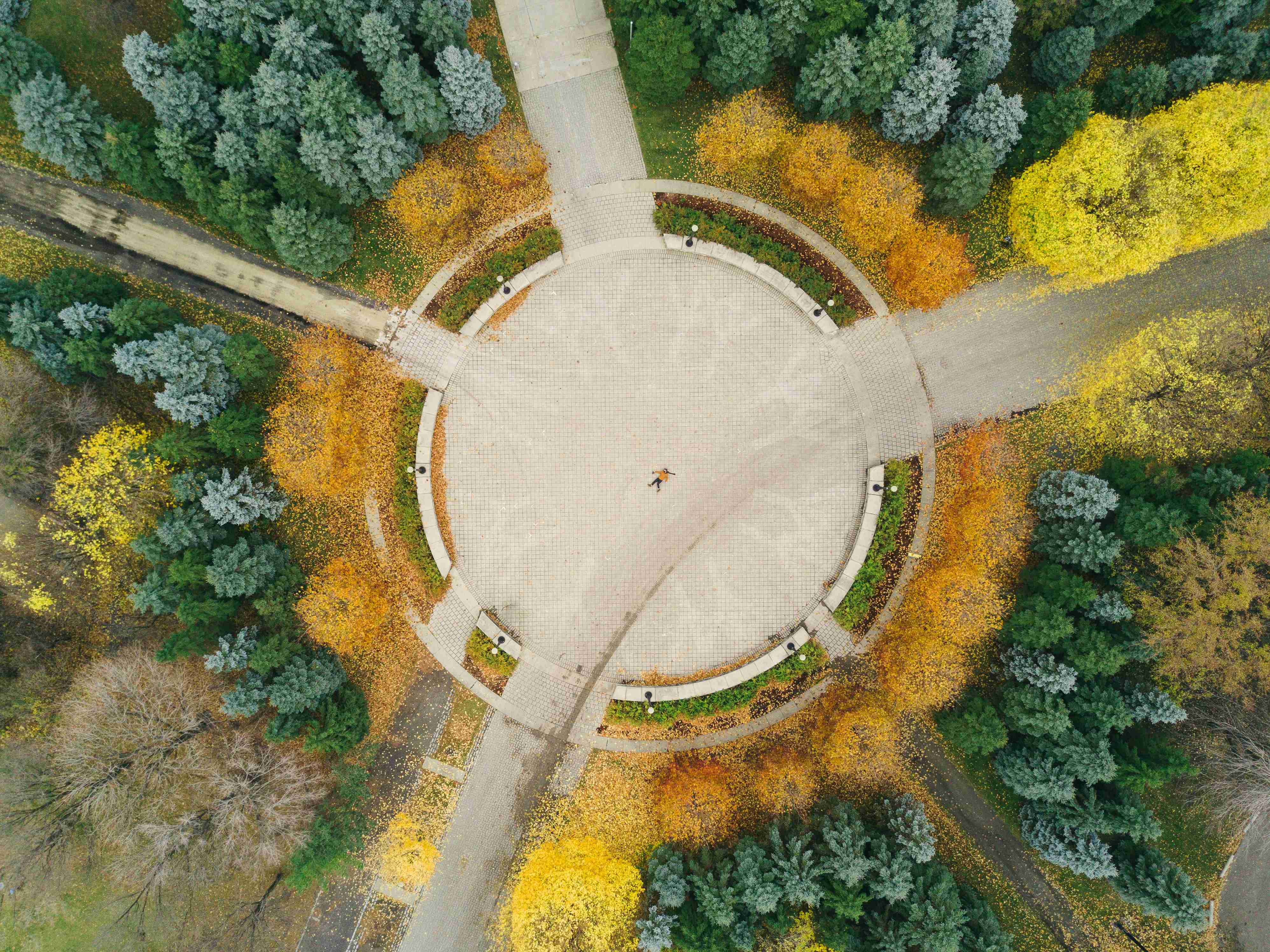In its most basic function, composting converts materials that are typically perceived as waste––discarded food scraps, biosolids, yard waste and tree trimmings, even compostable packaging–– into compost, a valuable, renewable resource.
Yet, in the U.S. today, the materials we find in composting streams are changing more rapidly than recovery systems and infrastructure can keep up. Most commercial composting facilities were built to process only yard waste. Without sufficient end-of-life pathways in place, massive amounts of organic waste are filling landfills.
Designing an industrial composting system that can effectively process large volumes of food waste, and the compostable packaging that may come with it, will require restructuring economic incentives to accept these materials, aligning policy creation with infrastructure expansion, expanding access to composting, and educating to drive new patterns of consumption.
Amidst increasing climate risks, rapidly depleting agricultural land and a growing food waste crisis, Closed Loop Partners’ Composting Consortium identified four initial steps to creating a more resilient composting system in the U.S.


.svg)


